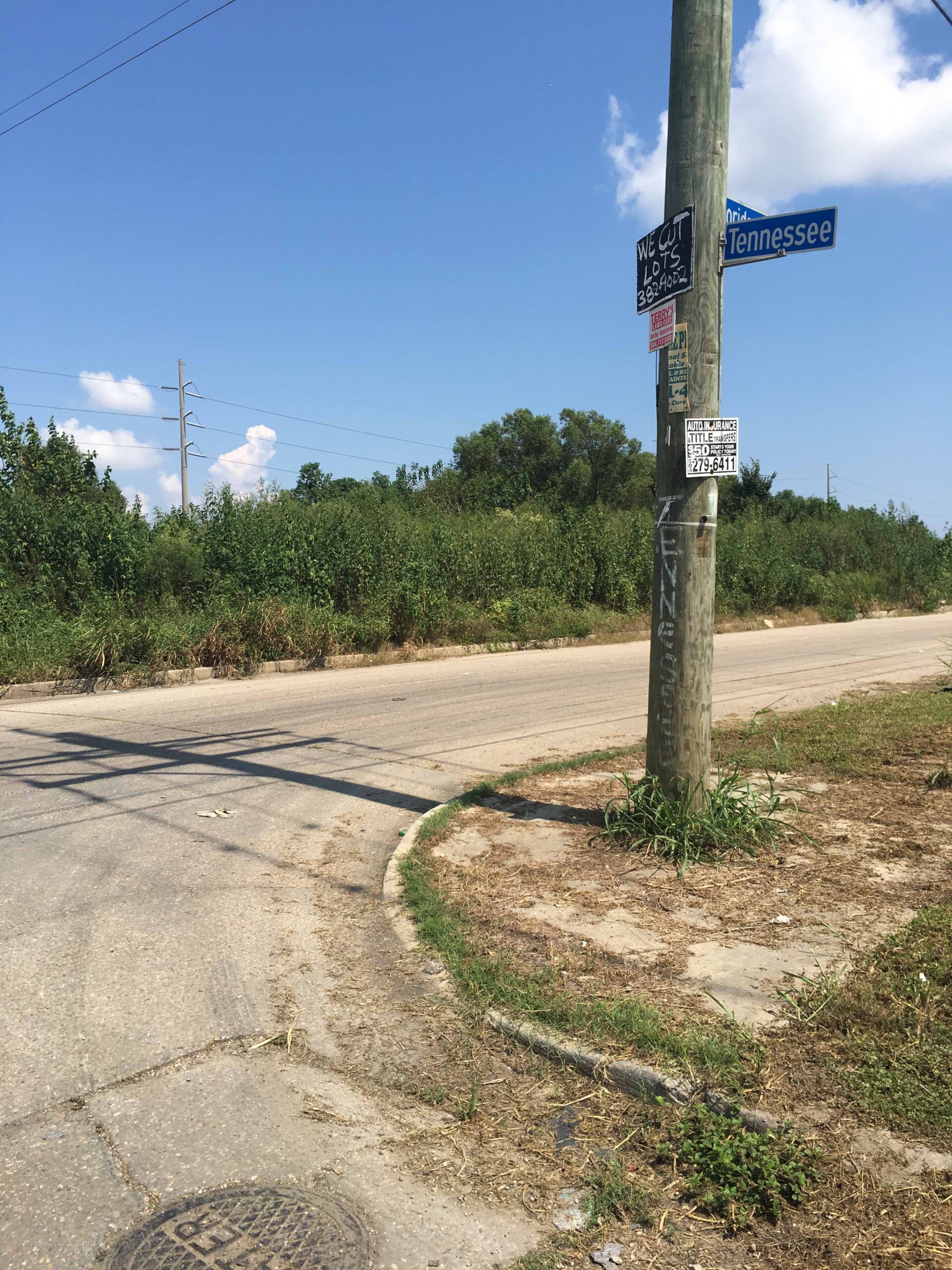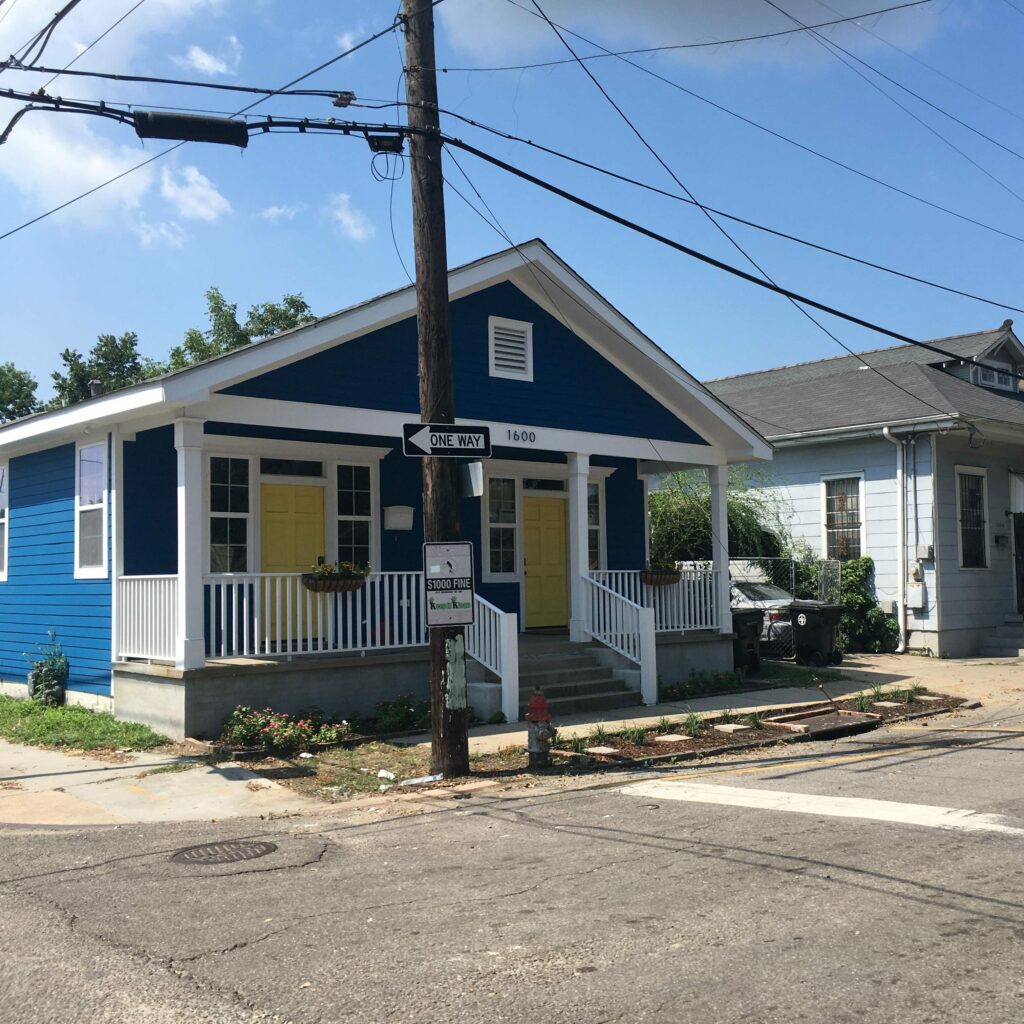
LaToya Cantrell, the first female mayor of New Orleans, led the recovery of one of the city’s neighborhoods after Hurricane Katrina. Can she coordinates the city’s future?
Billboard
Skyscrapper
Halfpage
topos 105 contains an article about LaToya Cantrell, the first female mayor of New Orleans. She led the recovery of one of the city’s neighborhoods after Hurricane Katrina. Our author discusses the question: Can she facilitate the coordination, cooperation and funding that are critical for achieving the city’s resilience towards future disasters? Accompanying the print article, we present a five-part series on our website.
The second part is about what the city lost in the hurricane and why disaster recovery is a dilemma in many ways.
New Orleans was founded 300 years ago on the natural high ground along the Mississippi river. In the 1900s, the swamps between the former urban fringe and Lake Pontchartrain in the north were mechanically drained and urbanized, creating areas that subsided below sea level. In 2005 Hurricane Katrina overwhelmed the city’s flood protection system, deeply submerging low-lying areas. The massive scale of destruction of homes became central to the rebuilding efforts in the city after the hurricane. Initial confusion over planning recommendations in combination with the local government’s laissez-faire attitude to recovery were met with strong opposition from citizens and nonprofit organizations.

Medium Rectangle
Halfpage
Residents of areas such as the Lower Ninth Ward struggled to recover and rebuild. It was subject to dramatic levels of destruction due to the breach of the Industrial Canal floodwall. Most individual rebuilding activities remained ad-hoc and without broader coordination into an inclusive and sustainable process. From the Mississippi river northwards, the Lower Ninth Ward dissolved into an irregular pattern of recovery efforts amidst a green sea of vacant properties. The area’s strong local identity disintegrated into a pluralism of new normals of those who returned or those who moved to other neighborhoods or out-of-town. Residents willing to rebuild received assistance from non-profit organizations such as lowernine.org, Make It Right or the Preservation Resource Center.
Recovery after disaster poses a dilemma in many ways. Quickness is essential to facilitate return and promote inclusive and sustainable planning. However, a quick return to normal may also lead to reestablishing past vulnerabilities. The recovery of the Lower Ninth Ward was hampered by the disconnect between rebuilding plans and programs and the vulnerability of local residents. Vulnerable neighborhoods that were experiencing difficulties before disaster principally require approaches aimed at “building back better” – to become resilient by reducing vulnerability, key to rebuilding cities after disaster.












